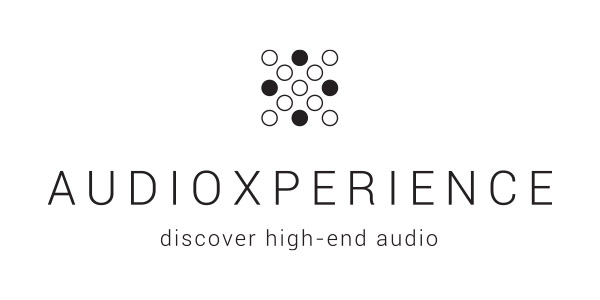These days, that database contains many outstanding 21st Century performances of Bach’s Violin Concertos, including those by Hilary Hahn, Julia Fischer, Rachel Podger, Victoria Mullova, Anne-Sophie Mutter, and Isabelle Faust. The only 20th Century performance to survive the constant culling imposed by space constraints, is by the remarkable Johanna Martzy, on the Coup d’ Archet label.
Then there’s the handful of wonderful young violinists whose tour lists I check on a regular basis, in case their schedules line up with mine. That list entirely comprises women, predominately those whose last names run to at least four or five syllables!
Updating Ibragimova…
Among that select list is the Russian born, London resident, Alina Ibragimova. Although she has performed in many of the world’s grandest venues, I’ve only heard her perform in smaller spaces, seating under a thousand, including London’s Wigmore Hall and San Francisco’s Herbst Theatre. A renowned chamber musician, her recordings for Hyperion tend towards small-scale works, either solo or teamed with pianist Cedric Tiberghien.
Ibragimova’s recording of Bach’s Violin Concertos with Jonathan Cohen conducting Arcangelo, was captured in London’s Henry Wood Hall in August 2014 and released by Hyperion on compact disc in 2015. It includes BMV 1041 and 1042, the two concertos written by Bach for a single violin soloist, and three keyboard concertos transposed for violin. It does not include the double violin concerto, despite that being the best-known and most popular of his string concertos. The works are performed on period instruments, with Alina playing an Anselmo Bellosio violin of c1775. The Arcangelo ensemble comprises a total of 7 violins, 2 violas, 2 cellos, 1 bass, a lute and a harpsichord. Henry Wood Hall is a redundant church that was converted into a rehearsal space and recording studio in the 1970s and has been the venue for a string of great recordings ever since.
The reference to period instruments is far from incidental. Beginning around the middle of the 20th Century, what has become known as historically informed performance (“HIP”) has taken root in early music playback. HIP mainly involves the use of period instruments, smaller ensembles and alternative tunings. The results were, initially, controversial and, during the movement’s first few decades, HIP was often criticized by listeners with ears tuned to the sound of modern strings and keyboard instruments.
Although early music performances were often described as sounding strident, it was in early music recordings that stridency seemed especially obvious. I’m sure that the sound of early stereo phono cartridges, especially early moving-coils, didn’t help, but for whatever reason, today that controversy seems like a thing of the past. With the sole exception of the 1959 Martzy recording, every other performance mentioned here is HIP to some extent.
Just looking at the list of discs above, it should be obvious that competition is extremely stiff when it comes to this repertoire. Among my favorites are the Mullova performance (from 2013, on Onyx), and Mutter’s DGG performance with the Trondheim Soloists. Although a hybrid period treatment, Mutter’s performance is big and romantic and although the size of the band is not listed it sounds twice as large as any of the competition. Likewise, Mullova does not shy away from leaving her signature, muscular sound on the music! Bach recordings might not be top of mind when it comes to “audiophile” discs, yet these 21st century recordings all lie somewhere between extremely well and exceptionally recorded, with some enjoying SACD treatment. Incredibly, the consistently quality of the recordings is matched by uniformly excellent performances.


